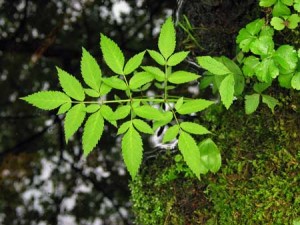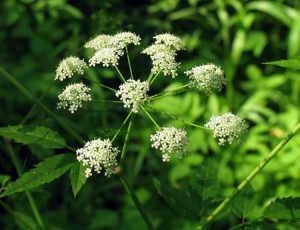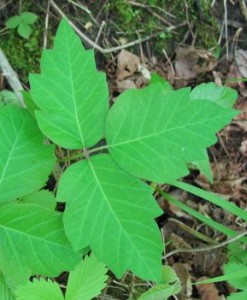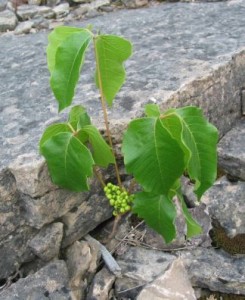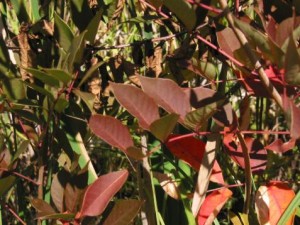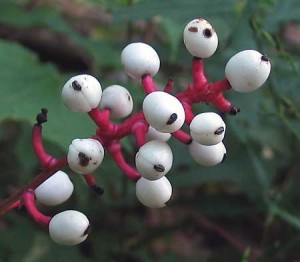Enjoying Nature Safely
/by Amanda When we are out enjoying nature with our little ones, it's really important to be safe in our environment. We must encourage our kids never to eat something such as a plant or a berry found outside unless we are absolutely certain it is in fact safe and edible. Many species of plants look very similar to each other, so if you are not sure, err on the side of caution and bring a snack with you!
If you suspect your child or another adult has ingested something or is feeling ill do not wait to call the Ontario Poison Centre. They operate 24 hrs a day and in cases of suspected poisoning, time is critical.
Ontario Poison Centre (24 hrs) 1-800-268-9017 ontariopoisoncentre.com
Water Hemlock is the most poisonous plant in North America. One mouthful of this species will kill an adult. This plant should not even be touched. Small amounts even through skin absorption can make you ill. This plant can be found in wet, open areas, along shore lines and in marshes. Ingestion of this plant would require immediate medical attention. It has small white flowers, jagged edged leaves and a long, hollow, purple stems. People mistakenly use the stem as a natural straw and end up extremely ill.
Poison Ivy is a very common and irritating plant. It coined the phrase "Leaves of three, leave them be." It can be found close to the ground, climbing trees, or poking through rocks. It also develops white berries at the base of the plant. These are not edible. Their leaves can have a glossy, purplish sheen, or be quite dull. Most people will develop a skin rash as an allergic reaction to the oils in the plant. You can pass it on to someone else, so no touching if you have it! If you need to treat someone, please wear latex gloves. Oatmeal baths and other topical ointments can be helpful in easing the itchiness and pain. Calomine is messy, but effective.
Poison Sumac is just as common, but more aggressive than poison ivy. There are many leaves to a branch and is a much larger tree, can be 6-7 feet tall. It's berries look very much like those of poison ivy, white, small and hard. It grows in wet areas or damp ground near water. A person's reaction to poison sumac is very similar to ivy, only more intense. The same treatment is recommended.
White Baneberry or "dolls eyes" and Red Baneberry are very poisonous if eaten. Children are most often poisoned by these since they are easily grabbed and the red ones are quite attractive and glossy. As few as 5 berries can make an adult seriously ill and just a few more than that are fatal. Few people would ever eat that many since they are quite acrid tasting, but medical attention should be sought if ingested.
Canada Moonseed is often confused with grape vines. The leave have a heart shaped base and lack the tendrils of grape vines. They do bear a grape-like fruit but these berries and the roots of the plant are very poisonous. They contain high levels of alkaloids and ingesting them can cause seizures.
Please be careful when out there exploring with your little ones and animals too! Nature is so much fun to enjoy, but has it's own natural defenses built into it. What looks like a pretty berry could turn your day in the forest into a trip to the emergency room.
Photos from wildwoodsurvival.com
Amanda was born and raised in Ottawa where she continues to live with her husband and son “J”. Amanda is bilingual and interests include reading, blogging, socializing, and advocacy on children and teen issues.

